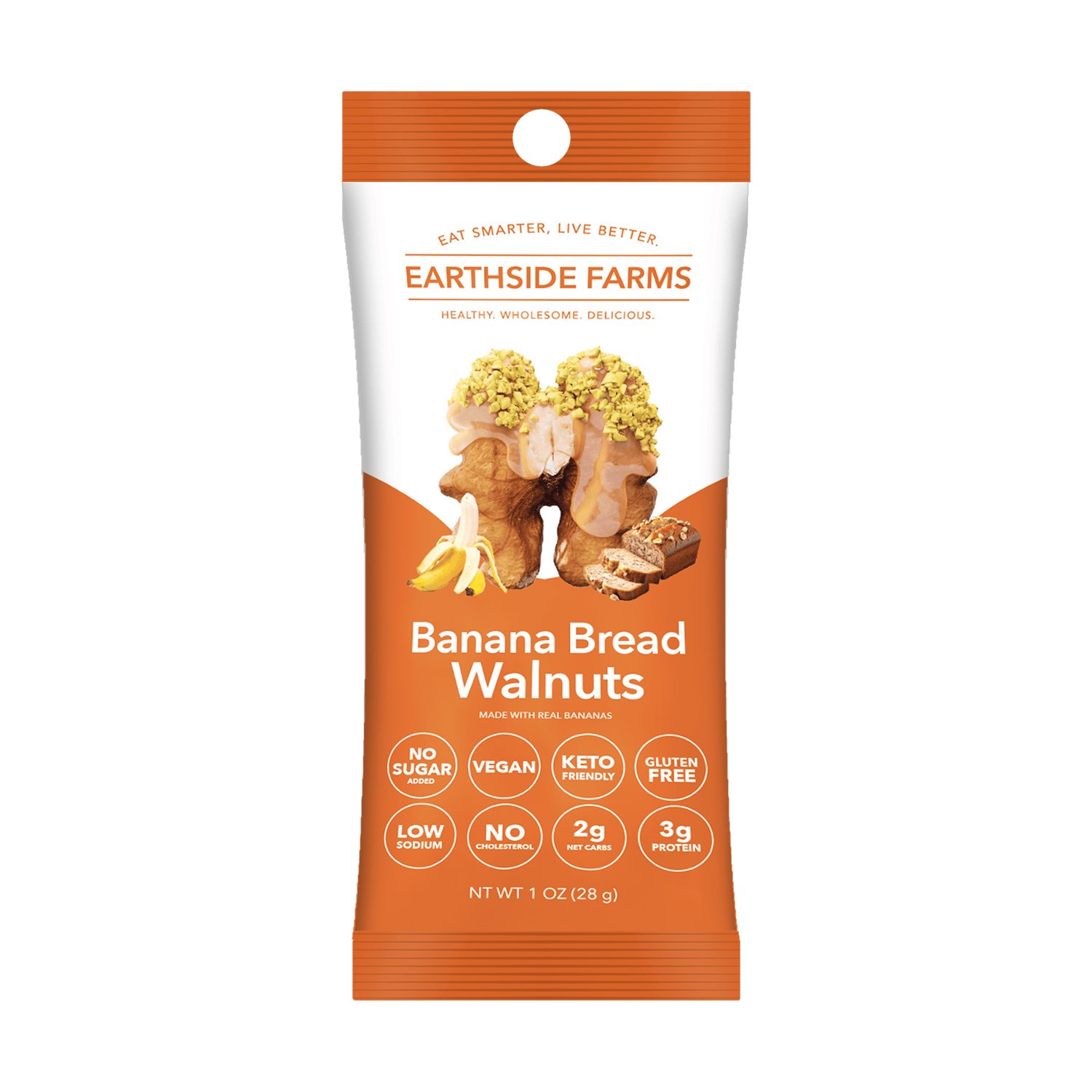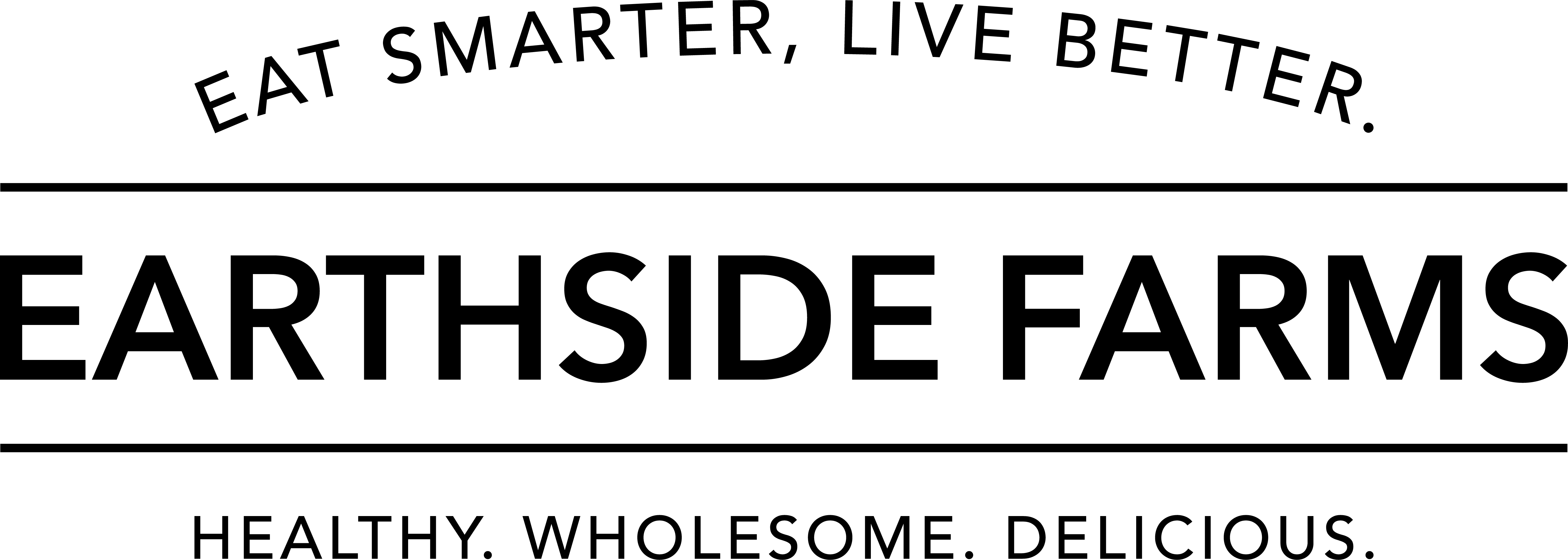
If given the choice, would you choose to have every food you eat come directly from a generations-old farm?
Would you choose to enjoy each ingredient unadulterated, as close to its natural, from-the-Earth state as possible?
Would you take comfort knowing everything you put in your body is the result of hundreds of years of family tradition and craftsmanship?
It’s hard to imagine anyone saying no to these questions. Yet the way we eat today couldn’t be further from this dream. Our health now lies in the hands of Big Food, who quarter-after-quarter prioritizes profits over nutrition.
And as you browse shelves full of their sugar-loaded concoctions, eating clean can feel like a helpless and hopeless endeavor.
But it’s not. Changing consumer preferences are today spawning a renaissance in organic farming and food production. You’ll soon (if not already) want to know your food’s story – everything related to where it came from and how was it made.
You might not realize it, but this story has already been told with many of our most beloved foods: first wine, then coffee, and now chocolate. They went from commodity to artistry – all by a maniacal focus on origin and quality.
But as much as we’d like, we can’t live off wine, coffee and chocolate alone.
So how about the foods we depend on for daily sustenance – our meat, fish and veggies?
When will our everyday foods get the attention they deserve?
Because without these staples, there can be no health or well-being. And with them, lies the future of how we eat.
Why Food Origins Matter

Why care about where your food comes from? Well good wine makers and sommeliers know that every bit of detail – from the direction the grapevine grows to the wood used to cask wine – makes a big difference to the end product’s character and quality.
You have the growing conditions – the elevation, air temperature, and soil quality. And you have the winemaking practices – the trellising, pruning, and canopy management. All these are the difference between your bottle of 2-Buck Chuck at Trader Joe’s and a 1945 Roumier Bonnes-Mares that can fetch up to $25,000 at auction.
But think for a moment all the effort and ingenuity that goes into winemaking. It’s been millennia in the works. And yet all this for a food with no nutritional value!
How about the foods we eat every day? The foods we count on for energy, vitality and longevity? Our eggs? Our meat, cheese, and butter?
They’ve become the so-called commodities – foods grown on massive farms with government subsidies. They’re built for mass distribution and employ harvesting practices barely recognizable to generations past.
Salmon today is raised in a pen on a farm. They’re fed an unnatural diet of chicken feathers, poultry excrement and soybeans. They certainly don’t get to fulfill their ultimate biological purpose by fighting miles of raging currents to spawn.
And we know this practice actually changes the fish’s nutrition. Farmed salmon is higher in Omega-6 fatty acids than wild salmon. That means more inflammation and lower relative amounts of heart-healthy Omega-3s.
The same thing has happened with butter. Departing from Ireland’s millennia-old tradition of feeding cows lush, green grass, cows in America are fed primarily grains. It’s a predictable result – grain-fed butter is much lower in vitamins and minerals than grass-fed butter.
They say you are what you eat.
But maybe it’s better said you are what you eat- eats.
You see, with wine making, we risk only the taste. But with our food staples we risk far more…. we risk our health and nutrition. And that’s why we believe these foods deserve the same – if not far more – pride and dedication than our hedonic wine culture.
Fortunately it’s already happening with many foods we know and love. Let’s now look at coffee – a beverage millions of us consume daily to increase energy levels, boost our metabolism and get antioxidants sorely lacking in our diets.
The Explosion of Specialty Coffee

For centuries, coffee has been consumed with sugar. The pleasant sweetness of sugar masked the typical bitterness of coffee. It was a perfect pairing and nobody questioned it.
But when industry legend Erna Knudsen wrote about specialty coffee in the 1974 edition of the Tea & Coffee Trade Journal, the industry learned a little secret: that a few regions in the world had just the right climate and growing conditions to produce exquisite coffees. They yielded coffees so expressive and flavorful, they didn’t need an ounce of sugar.
And even within a region, a few small lots could produce something truly special. These rare lots were already being sold to connected insiders for decades. But for the first time the industry saw how a focus on quality could build a valuable new market.
Specialty coffee is now a $1 billion industry in the United States. From the prized Panama Geisha Estates to Ethiopia’s Yirgacheffe valley, it’s all just a short walk away. Exquisite coffees are here to stay – and to add sugar would be like putting A.1. Sauce on a prime cut filet mignon.
Could chocolate be next? We think so.
The Single-Origin Chocolate Renaissance

Walk the grocery store aisle and you’d be hard-pressed to find a single 100% cacao bar. Sugar and chocolate is a marriage as old as any of us can remember. But it wasn’t always that way.
The Aztecs were chocolate’s first consumers. They had their first taste 2,500 years ago. But to them, chocolate was an invigorating, mood-enhancing and sex-boosting elixir. It was meant to be bitter and raw – mixed only with other potent spices like vanilla and chili peppers.
It wasn’t until the Europeans began consuming chocolate in the 1600’s that sugar entered the mix. Sugar transformed cacao it into an addictive and irresistible indulgence – one that was ready for the masses.
The trend, though, is beginning to reverse. Chocolate today is on the same path specialty coffee was 20 years ago. For evidence, we have the 2011 New York Times story about rare prized white cacao beans found in Peru.
Thought extinct from disease 100 years ago, these beans were discovered by accident in the Peruvian mountain valley and chocolate of velvety decadence. Said one lucky taster, “The chocolate is intense, with a floral aroma and a persistent mellow richness. Its lack of bitterness is remarkable.” This discovery has shown us that the right strain of cacao, grown in just the right conditions, can produce something perfect as is.
It may be the rarest cacao on Earth… but it’s out there. And all we need is the dedication to find more like it.
The chocolate of the future, like the specialty coffee of today, will be prized for its origin, complexity and tasting notes.
And we’ll wonder why we ever put sugar in chocolate in the first place.
The Future

You can see this same story unfolding for many of the foods we know and love. Steak, butter, eggs. Coconuts, avocados, almonds.
Pacific Northwest Single Origin Brussel Sprouts maybe?
We see a world where no matter how you choose to get your food – whether from the farmer’s hands at the market or delivered by an Amazon drone – you get the same uncompromising quality a generations-old family farm would demand.
Humanity has come so far in the last 100 years. We connected the entire world with handheld devices. We even sequenced the human genome. Yet we can’t seem to agree on the most basic issue... how we should grow and consume nourishing food.
We see a future where healthy and delicious food becomes one in the same. And we can only hope butter tastings and coconut sommeliers are part of it.
We at Keto Farms take the flavor and origin of our ingredients as seriously as the nutrition.
We believe that if an ingredient is not unquestionably delicious and healthy from the source it doesn’t mean you need to add something to it.
It means you haven’t looked hard enough.
Our Philosophy

We believe every food should have as few ingredients as possible, but no fewer.
Take away the number of ingredients, and you need a lot more out of the ones you do use. Each ingredient needs to deliver uncompromising taste, texture, and nutrition.
We at Keto Farms believe that if an ingredient is not unquestionably delicious, nourishing, and health promoting from the source it doesn’t mean you need to add something to it. It means you haven’t looked hard enough.
To your health,
Ben & Brandon
Disclaimer: This website provides general information and discussions about health, nutrition and related subjects. The information and other content provided in this blog, or in any linked materials, are not intended and should not be construed as medical advice, nor is the information a substitute for professional medical expertise or treatment. If you or any other person has a medical concern, you should consult with your health care provider or seek other professional medical treatment. Ben & Brandon are not doctors, registered dieticians or registered nutritionists.


